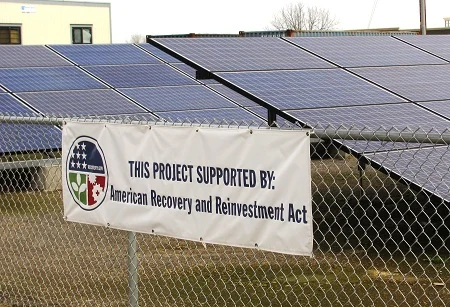Slowly but surely, renewable energy is gaining ground – leading some researchers to warn of “energy sprawl.”
Where are we going to put the solar arrays, wind farms, biomass plants without using up valuable greenspace? Here’s one possibility: Superfund, brownfields and former landfill or mining sites.

These sullied lands from a dirtier era of manufacturing and energy production won’t entirely answer the challenge, of course, but the U.S. Environmental Protection Agency (EPA) is optimistic enough about their clean-energy potential to devote $1 million to evaluate 26 sites around the country.
The EPA, with its expertise on contaminated sites, will work with the clean-power whizzes from the National Renewable Energy Laboratory to determine the best technology for each site, the optimal location for placement of the renewable energy technology on the site, potential energy generating capacity, the return on the investment and the economic feasibility of the renewable energy projects.
The EPA has reason for hope with this program, called “RE-Powering America’s Land.” It notes that a number of sites have already become home to new energy projects, including the 10-megawatt Exelon City Solar installation, the largest urban solar power plant in the United States, which was built on a former industrial brownfield property that had been vacant for more than 30 years.
And back in March we told you about how a solar energy system was fully powering the cleanup of contaminated groundwater at a federal Superfund site in Davis, Calif.
Sites in the RE-Powering project were selected based on applications submitted by states, tribes, regional governments and communities earlier this year. The full list of sites that will be studied and links to one-page PDFs describing each site are available through the EPA.






